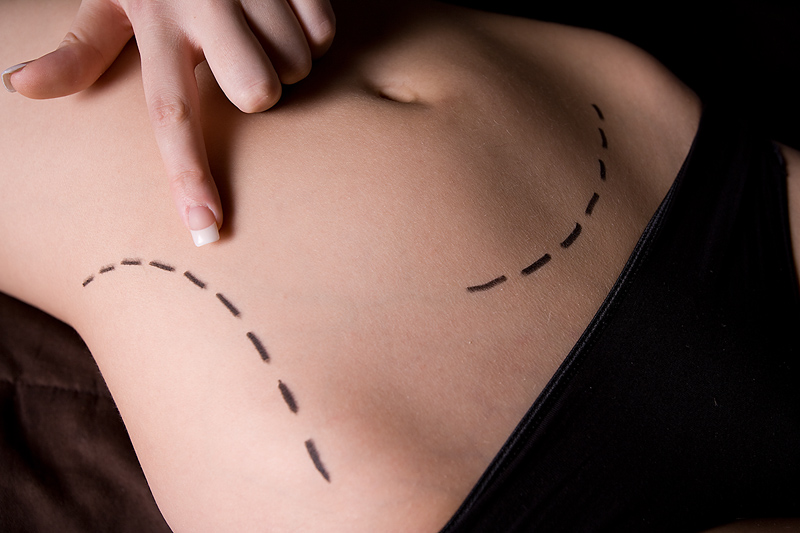
SATURDAY, May 17, 2014 (HealthDay News) — Many still think of Botox as a wrinkle smoother, but new research shows the toxin’s growing list of medical uses now includes the treatment of two common causes of urinary frequency, urgency and incontinence.
Scientists have found that Botox (botulinum toxin A) — the same toxin that causes the life-threatening type of food poisoning known as botulism — may be used in place of surgery or other invasive treatments for stubborn cases of conditions causing bladder control problems.
“We think Botox has two different kinds of effects in the bladder. One, it blocks the nerve endings that go to the muscles that are responsible for bladder contractions,” said urologist Dr. Rose Khavari, director of research at the Houston Methodist Center for Restorative Pelvic Medicine, who wasn’t involved in the new research.
“The other way we think it works … is by blocking the sensory effect, the sensation of frequency and urgency from the brain,” she added. “So it helps with patients who don’t have incontinence, but have bothersome frequency and urgency.”
The two studies are scheduled for presentation Saturday at the American Urological Association’s annual meeting in Orlando, Fla. Research presented at scientific conferences typically has not been peer-reviewed or published and results are considered preliminary.
In recent years, Botox has been found useful for many medical conditions, including chronic migraines, severe muscle spasms, excessive underarm sweating and misaligned eyes, according to the U.S. National Library of Medicine. The type of Botox used for bladder control problems is the same as that used for wrinkle smoothing, Khavari explained, only delivered in lower strengths and larger amounts.
The first study, funded by the Taiwanese government, compared the delivery of Botox treatment to overactive bladder patients through either 20 to 30 needle injections or one infusion directly into the bladder with a catheter. The patients had tried and failed drug therapy for the condition, which can lead to incontinence from involuntary contractions of the bladder muscle.
Four weeks later, the single Botox infusion (compared to a placebo) had significantly reduced participants’ urinary frequency and urgency, with no increase in the volume of urine left in the bladder after urinating. For many patients, one infusion would be preferable to dozens of injections, said study author Dr. Michael Chancellor, director of neuro-urology at Oakland University-William Beaumont School of Medicine in Michigan.
“The idea is that patients don’t feel the urge to pee so much, but [Botox] doesn’t paralyze the muscles so we don’t have the risk of retaining urine,” Chancellor said. “It’s great that [Botox treatment] worked, but the key thing is it removed the side effects, which is muscle paralysis.”
The second study examined Botox use in so-called neurogenic bladder, a condition causing lack of bladder control due to a brain, spinal cord or nerve condition. Symptoms depend on the cause but often include incontinence.
University of Kansas researchers reviewed medical charts from patients seen in their medical practice between 2003 and 2013 with drug-resistant neurogenic bladder who underwent surgery to either enlarge their bladder or remove it, diverting urine into an external bag.
Since Botox was approved by the U.S. Food and Drug Administration in 2011 for neurogenic bladder, the proportion of patients for whom it might have replaced invasive surgery was analyzed. (Some had received treatment after the FDA decision.)
Of 59 patients, 34 underwent bladder surgery and 25 were treated with Botox, researchers found. But 62 percent of the 34 patients who underwent surgery would have been eligible for Botox instead, and use of the toxin potentially could have cut the number of bladder surgeries done annually by half.
Khavari said she and her colleagues used Botox off-label for neurogenic bladder patients before the 2011 FDA approval. The results of this research confirm “what we already know and experience in our own practice,” she said.
“For a lot of these patients, it has totally changed the way they manage their life,” she said. “They feel like they are in control instead of their bladder being in control.”
More information
The U.S. National Library of Medicine has more information on the medical uses for Botox.
Copyright © 2025 HealthDay. All rights reserved.

